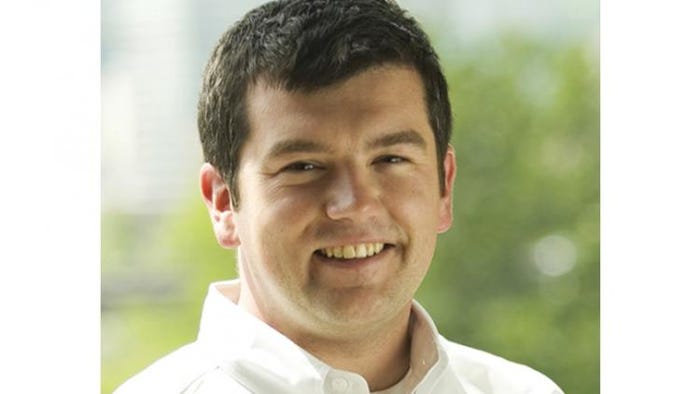Building trust as a strategy for sustainable forest management
June 3, 2016

Whether a large global brand or family forest owner, trust is a big part of doing business.
This past March a group of global brands—including McDonald’s, Macmillan Publishing, Mars, Staples, HAVI Global and Time Inc.—met with a group of family forest owners to discuss their respective values and challenges relative to sustainable forest management and opportunities to work together to meet their goals.
Over the course of the two-day meeting (hosted by GreenBlue and the American Forest Foundation in Chattanooga, TN), both sides opened up about some of the most important questions around the state of forest sustainability in the U.S.
For brand owners, one of the most important questions was how to ensure they are meeting their goals around sourcing sustainable wood fiber for their products. For family forest owners, one of the most important questions was how to connect with a marketplace that does not always get the story right about family forest owners in the U.S.
Forest certification is one way brand owners have been able to meet their goals and showcase that they are sourcing sustainable forest products. The problem is that not enough forests are certified. In the U.S, family forest owners are the largest forest ownership group and provide 47% of all timber removed from forests each year. Yet the vast majority of family forest owners are not certified. Most landowners are not certified because the process is generally not a good match for their stewardship, is time intensive and, often, does not result in economic benefits to outweigh the costs. For brand owners that source from family forest owners, finding ways to gain assurance of sustainable forest management is a challenge when forest certification is not an option.
Family forest owners are a diverse group with a range of motivations for owning forestland, yet many share similar interests: planning for future generations, creating and maintaining wildlife habitat, managing for recreation and viable markets for forest products. These areas of focus also tend to be areas of concern.
Interestingly, underlying both brand owners and family forest owners’ questions and concerns was that of trust.
To many of the family forest owners, somewhere along the way the marketplace has been misled about how family forest owners manage and value their land. “Save a tree, don’t use paper” was an oft-cited example of how the public has been misled that forestry is a “bad thing.”
In the words of one family woodland owner in attendance, “We have been doing good management for years, because it’s in our best interest and we want to leave the land better than we found it.” Yet, these stories of stewardship, and many more, are not communicated to the public.
To many successful brand owners, trust is about connecting with the customer. Sourcing wood fiber for their paper and packaging from sustainably managed forests in one important way the brand owners build trust with their customers. Brand owners use a number of mechanisms and strategies to help build this trust with their customers, including supply chain transparency tools and forest certification.
For the brands, trust is about getting the right information they can share with their customers that they are doing the right thing. For woodland owners, it is about who they can trust to help them tell their story and where they can go to get the information they need. The solution to meeting both these objectives is still a topic of discussion, but what was uncovered in Chattanooga was a key piece to help is get there: open and transparent dialogue between two groups that have enormous influence on sustainable forestry—and have not had many opportunities to work together—built on a foundation of trust.
“I finally feel like I have a seat at the table,” stated one landowner from Georgia. “I appreciate the opportunity to be a part of this event and to collaborate on how we can work together going forward.”

Tom Pollock is senior manager, Forest Products with GreenBlue’s Sustainable Packaging Coalition. For more information about the Sustainable Packaging Coalition and the Forest Certification Industry Leadership Committee, visit www.sustainablepackaging.org.
Interested in more about sustainable forest management? Also read Pollock’s August 2015 article “Why aren’t more forests certified?” or his February 2015 article “Increasing the value of forest certification starts with asking the right questions.”
**************************************************************************
See a host of new ideas in sustainable packaging at EastPack 2016, June 14-16, in New York City.
About the Author(s)
You May Also Like


